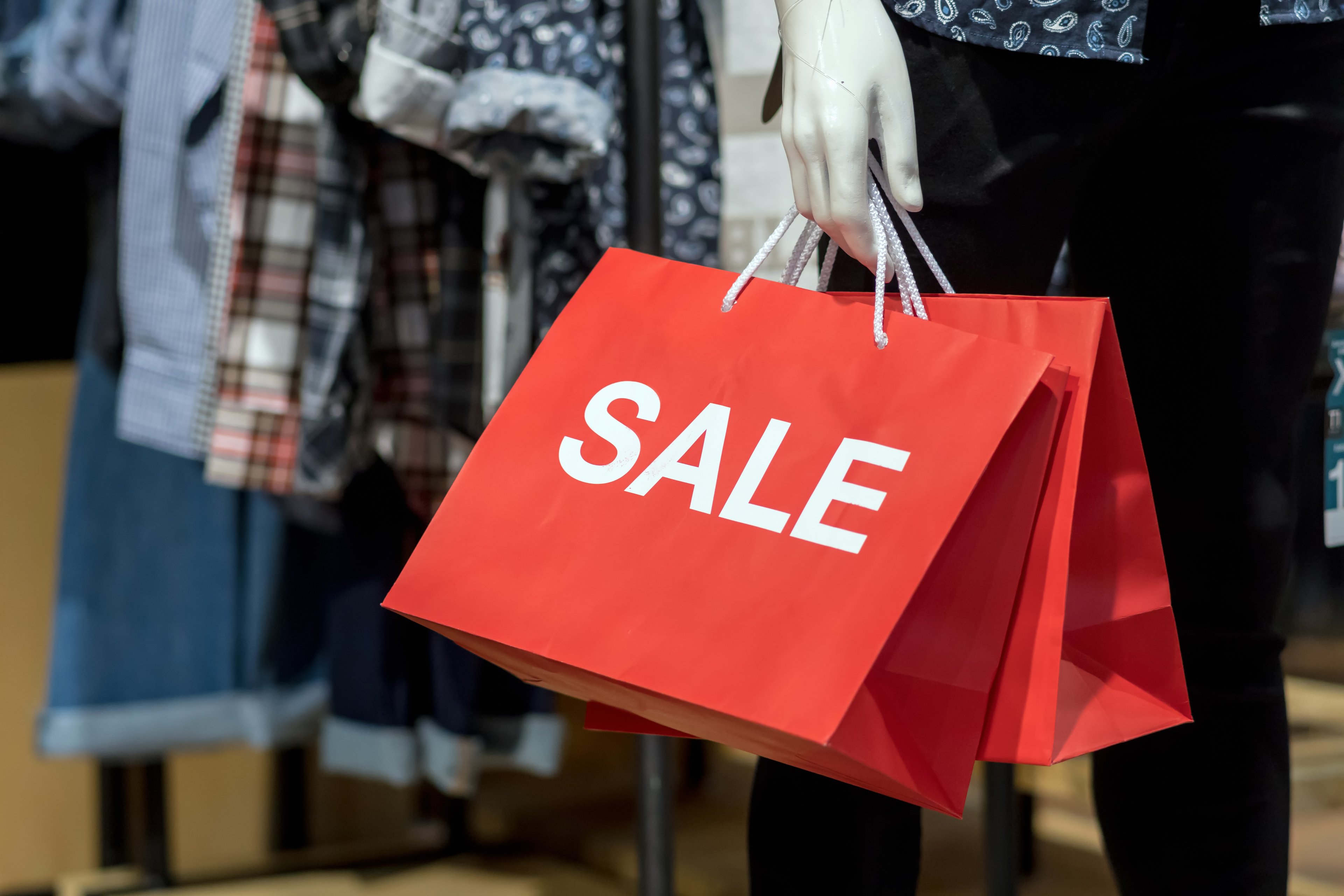In late January, Amazon.com (AMZN +0.80%) CFO Tom Szkutak told investors that Amazon was thinking about raising the Amazon Prime price by $20-$40 this year. This week, the company confirmed that the price of a Prime subscription will rise by $20 to $99, starting next week for new sign-ups and next month for renewals.
Amazon shareholders seemed to like the move, sending Amazon stock up on a down day for the market. However, while the Prime price increase should improve Amazon's earnings somewhat, that won't necessarily lead to good results for shareholders. Any decrease in Amazon's revenue growth from people who drop Prime could cause severe multiple contraction, more than offsetting earnings growth.
The case for a price increase
When Szkutak announced the potential price increase in late January, he stated that Prime usage and shipping costs have been rising for years. However, in the program's nine-year history, Amazon had never raised the price. A price increase would offset Amazon's rising Prime-related expenses.

Amazon is raising the price of Prime to offset rising fuel costs.
Many analysts -- including The Motley Fool's own David Hanson -- think virtually all current Prime members will accept the price increase. Bullish analysts argue that Prime customers get a lot of value out of the service.
Furthermore, $99 is a very reasonable price considering all of the features that come with a Prime membership, including free two-day shipping on most items, free access to books in the Kindle Lending Library, and more than 40,000 streaming movies and TV episodes through Prime Instant Video.
If everybody is willing to pay an extra $20, then there is no downside to raising prices. In fact, by demonstrating its long-term pricing power, Amazon would give investors greater certainty about its ability to deliver huge profits in the decades ahead.
The flip side
However, what if some current Prime members aren't willing to pay an extra $20 a year? Many Amazon Prime members have stated that they won't renew if the price increases.
It's true that people often don't follow up on their stated intentions from a survey. However, these surveys have found that about half of all Prime members would not renew at a higher price.
If just 10% of Amazon's Prime membership base decides to drop the service rather than pay more, this would have a noticeable impact on revenue growth. The law of large numbers is already starting to cut into Amazon's growth rate. Any loss of Prime subscribers would aggravate this trend.
To be clear, the risk isn't that Amazon's revenue suddenly stops growing. However, analysts are currently expecting the company to post revenue growth of approximately 20% for the next two years. If Amazon's revenue growth instead drops to 15% by next year, the stock would probably warrant a lower earnings multiple.
A Prime price increase might bring in an extra $300 million to $400 million of "free" revenue next year, according to analyst Mark Mahaney. After tax, that would add around $0.40-$0.50 to Amazon's earnings -- not very much at all compared with Amazon's roughly $370 stock price. The downside risk from multiple contraction is a lot greater than the upside from profit growth.
A familiar sight
The gushing about Amazon's price increase from bullish analysts reminds me of the 2011 Netflix (NFLX +0.73%) price increase. By now, many people may have forgotten that Netflix stock peaked at more than $300 the day after Netflix announced its price increase. At the time, analysts were bullish on the potential for higher prices to boost Netflix's profit margins.

Analysts loved Netflix's price increase in 2011 -- but they underestimated customer backlash
Netflix stock eventually made it back to $300 (and beyond), but only after investors got a huge scare -- and many probably dumped their Netflix stock when it was well below its July 2011 high. Analysts simply underestimated how many customers would drop Netflix over a $6-a-month (or 60%) price increase.
Of course, Amazon is not raising the Prime price by 60%. While its 25% price increase is risky, a 50% increase to $119 would have been far more likely to chase away subscribers. Still, the "Netflix 2011" scenario may repeat itself in miniature with Amazon over the next year or two. A slowdown in revenue growth below 20% could make a lot of investors more wary of Amazon's sky-high valuation.
Foolish conclusion
Amazon's decision to raise the Prime membership price should boost the company's profitability, but not in a "game-changing" way. On the other hand, if enough people drop Prime that Amazon's revenue growth slows, Amazon stock could take a big hit, as its valuation is driven by investors' expectations for rapid revenue growth.
Thus, while there is potential upside for Amazon investors if revenue growth continues without a blip, the potential downside is a lot more significant. Amazon's decision to raise the Prime price is the riskiest move it has made in many years.







